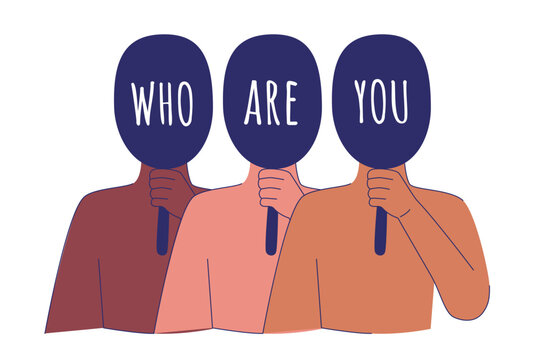
Haraway’s cyborg work is explored in many ways in Janelle Monáe’s album. Haraway’s work presents a radical way of thinking about identity and the boundaries of identity as fluid. Whereas, Monáe’s album presents a dystopian environment where individuals face persecution of being non-conforming individuals. There’s a connection between these works in exploring identity and unfolding the complexity of gender and technology. Haraway argues that a cyborg is a blend of human and machine, which plays a major role in society today. For example, technology is evolving and constantly advancing how humans function, and technology is a tool that takes away from the responsibilities of humans. This leads us to wonder what it means to be a human? What is identity? Do we have to follow the social norms of identity?
Monáe uses her music to create a situation that describes the themes of identity and oppression. She creates a future where those who challenge the societal norm are persecuted. The imagery and vision of the music reveals a society that will erase norms out of the framework, which relates to Hararway’s resistance within the system of oppression.
There is another vital alignment between the two works: they align with the embarking complexity of identities, which is important for liberation. Haraway’s manifesto discusses technology as a tool for liberation that allows for forming new identities that will eventually challenge traditional structures. In addition, Monáe’s music uses futuristic themes and visuals to highlight the relationship between technology and identity. The control of Monáe’s album goes back to how technology plays a role in society, but in this case how technology perpetuates oppression.
Both of these works challenge us to rethink the real understanding of identity and how technology plays a role in developing humans. Monáe uses her music to create imagery that embodies the idea of Haraway’s cyborg and encourages the listeners/readers to celebrate and be true to themselves. Overall, we are challenged to think of a world that is constantly changing, especially with us: the things around us that influence us (technology).
The works create an inspiration to embrace the complexity of true norms and embrace the diversity that everyone has.
We are the future. We are artists. We paint our identity.
Published by